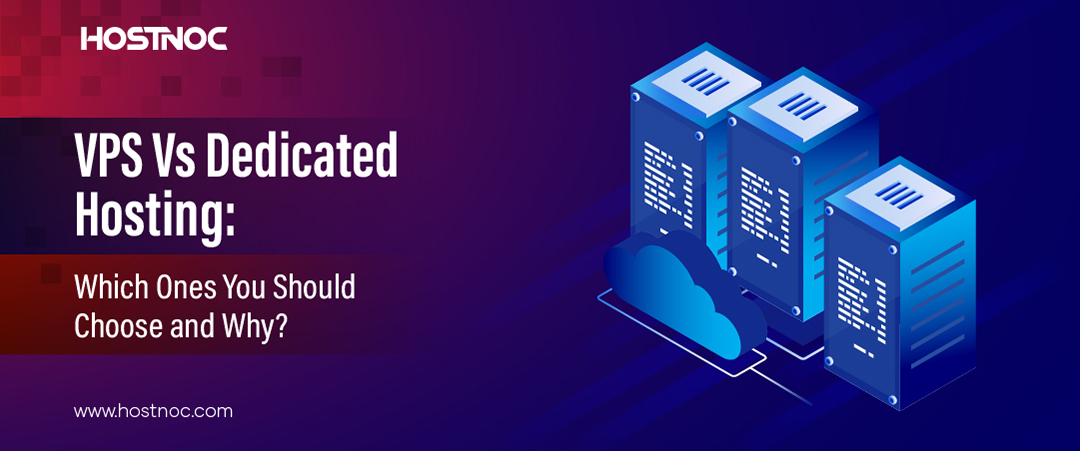Blogs

VPS Vs Dedicated Hosting: Which Ones You Should Choose and Why?
March 22, 2019
Busting 7 Common Cloud Myths which could be Keeping you in the Dark
April 2, 2019You have just started a business and set up its dedicated website. Everything was working according to the plan but suddenly your website came under a DDoS attack. You do not know what to do and how to respond to such a situation. This didn’t just happen to you; DDoS attacks are one of the most complex and devastating among all cyber-attacks.
Thanks to the advancement in cybersecurity, now you can easily protect your website against such attacks by taking a few steps. To ensure that this does not happen to your business, here are the seven critical steps every business must take to protect their website from DDoS attacks.
7 Steps to Safeguarding Your Website Against DDoS Attacks
1. Make Cyber Security a Priority
Red Alert; you need to make cybersecurity a priority in your organization. Get the upper management involved because cybersecurity attacks in general, and DDoS attacks in particular, are caused due to lousy security practices. More importantly, these attacks cost businesses heavily. Despite all this, very few organizations have taken cyber security seriously. When you make cybersecurity a priority, involve the top management and create a strategy for securing your digital assets, you are in a much better position to deal with DDoS attacks as compared to other organizations who neglect cybersecurity.
2. Layered Security
Have you ever heard of the Tor browser? It is the securest web browser in the world. Do you know why? Because it employs multiple layers of security to keep your browsing session private and protected. Similarly, you can make it impossible for attackers to infiltrate your systems and website via multiple security layers. However, this alone doesn’t cut the bill; you also need to be vigilant and keep an eye out for warning signs. A proactive approach to security and multiple layers can secure your website from not only DDoS attacks but also other types of cyber-attacks.
3. Be Prepared to Respond
Despite all your best preemptive measures, attackers can slip through the links. How can you protect your website against DDoS attacks when you do not know what they mean in the first place? How can you respond to a DDoS attack when you are not prepared for it? Unfortunately, many businesses find themselves in hot waters. It is better to prepare yourself for the worse and have a plan in place on how to respond to it. Go beyond your IT team and involve vendors and executives when it comes to planning for dealing with security attacks involving DDoS. Keep updating your plan according to the situation to ensure it stays relevant and modern.
4. Stay Safe with Web Application Firewall (WAF)
One of the best ways of protecting your digital assets from DDoS attacks is to install a web application firewall. Like an antivirus protecting your computer from malicious attacks, a web application firewall sits like a security guard between your application and the network. What’s great about using web application firewall is that it not only keeps your web application safe but also enhances the user experience by improving the performance of your web app as well.
5. Educate Your Employees
Just like shoddy security practices cause many security attacks, lack of education and cyber security awareness among your employees can have a similar effect. Conduct in-house workshops and sessions to educate your employees about what steps they should take to mitigate the risk of DDoS attacks. With each employee taking these measures at an individual level, you can move to collective measures. Combination of both individual and collective measures can strengthen your website security against DDoS and other types of attacks.
6. Safeguard Your IoT Devices with Firewall
According to Cisco prediction, the number of IoT devices will soar beyond the 50 billion mark by 2020. Some of these devices will also make it to our workplaces and enterprises will start using IoT devices. Securing these IoT devices is one of the biggest challenges as they are more vulnerable to attacks due to the lack of security protocols. The best way to protect your IoT devices from malicious attacks is to put them behind a firewall. If you have many IoT devices, you can also segment them into multiple safe zones and place them behind a firewall for protection.
7. Harness the Power of Cloud
Thanks to advancements in cloud computing, the cloud is now more powerful, reliable, robust and secure than ever. Additionally, cloud service providers can handle security more efficiently as compared to your in-house team, especially when you come under a DDoS attack. Do some research on cloud services that are offering DDoS attack protection and you will come up with a handful of names. Assess your needs and choose the best cloud service provider for best results. These services will give you peace of mind and save you from the hassles of managing web security on your own.
What steps have you taken to save your website from DDoS attacks? Feel free to share it with us in the comments section below.
Featured Post
How To Prevent DDoS Attacks?
2020 set an unprecedented record for DDoS attacks as we saw more than 10 million occurrences within a single year. Cybersecurity experts predicted that this trend […]










